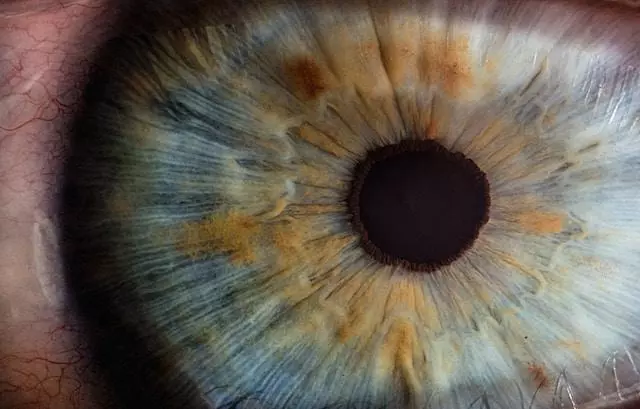Cataracts are a frequent disorder of the eyes that cause clouding of the natural lens and commonly accompany aging. Understanding the causes behind cataract development is crucial for preventive care.
Here, we explore five common factors contributing to the formation of cataracts. By addressing these common factors, individuals can take proactive steps towards preventive care, safeguarding their vision, and promoting eye health as they age.
1. Aging
Older people have a higher chance of cataracts since aging is normal. The eye’s lens, essential for focusing light onto the retina, primarily comprises proteins.
Over time, these proteins may change, breaking down and forming clumps that lead to the clouding of the lens.
This cloudiness impairs eyesight by obstructing the flow of light. While aging is a universal factor, certain lifestyle choices and environmental factors can influence the pace at which cataracts develop.
Use sunglasses to protect the eyes from ultraviolet (UV) radiation and maintain a healthy diet of antioxidants.
Avoiding smoking is a preventive measure that individuals can consider as part of their overall eye health. Regular eye check-ups become crucial as one age to monitor and address the progression of cataracts.
2. Ultraviolet (UV) Radiation Exposure
Prolonged exposure to ultraviolet (UV) radiation, mostly from sunshine, is another important factor contributing to cataract formation.
The eyes are susceptible to the harmful effects of UV rays, and over time, this exposure can increase the risk of cataract formation.
Individuals can incorporate preventive measures into their routine to mitigate this risk, such as wearing sunglasses that effectively block UV rays.
This simple yet effective step safeguards the eyes from potential damage and aligns with broader strategies for maintaining overall eye health.
Understanding what is the main cause of cataracts empowers individuals to make informed choices in protecting their vision and taking proactive steps toward eye care.
Regular eye examinations and adopting lifestyle practices that prioritize eye health contribute to a comprehensive approach to addressing the factors that may lead to cataracts over time.
3. Diabetes
Diabetes is a significant risk factor that might lead to cataract formation. Individuals with diabetes often experience elevated levels of blood sugar, which can result in structural changes to the eye’s lens over time.
The lens requires precise balance in its composition to maintain transparency and clarity, but the fluctuations in blood sugar levels associated with diabetes can disrupt this delicate equilibrium.
Therefore, individuals with diabetes may be more prone to the accelerated onset and progression of cataracts.
Managing blood sugar levels through proper diabetes care, including regular monitoring, medication adherence, and lifestyle modifications, is pivotal in mitigating this risk.
Integrating routine eye examinations into the overall diabetes management plan allows for early detection of any developing cataracts, enabling timely intervention and preserving optimal eye health.
4. Smoking
Engaging in smoking is identified as a modifiable risk factor that significantly contributes to the development of cataracts. Free radicals and other toxins, among other dangerous substances found in tobacco smoke, cause oxidative stress in the eyes.
This oxidative stress, defined by an imbalance between free radicals and the body’s capacity to neutralize them, accelerates the onset and development of cataracts.
The lens of the eye, which relies on a delicate balance of proteins and other components for clarity, becomes more susceptible to damage due to the detrimental effects of smoking.
Therefore, quitting smoking or avoiding tobacco use altogether can play a crucial role in reducing the risk of cataracts.
Embracing a smoke-free lifestyle supports overall health and contributes to preserving clear and unobstructed vision in the long term.
5. Genetics and Family History
Genetics and family history significantly contribute to the risk of developing cataracts. If cataracts are prent among your family members, there’s a higher likelihood of inheriting the predisposition to this condition.
Family history is crucial in understanding and assessing your risk, enabling you to take proactive steps for early detection and management.
While genetic factors play a role, they must be considered alongside other modifiable risk factors, such as UV radiation exposure, diabetes, and smoking.
If cataracts run in your family, getting regular eye exams is even more crucial. This awareness empowers individuals to adopt preventive measures, maintain eye health, and explore appropriate interventions with their eye care professionals.
Conclusion
While cataracts are a natural part of aging, certain factors can accelerate their formation. Being mindful of these common causes and adopting preventive measures, such as protecting your eyes from UV radiation, can contribute to maintaining clear vision as you age.
Prioritizing eye protection from UV radiation and being aware of common factors can significantly contribute to preserving clear vision as you age, mitigating the impact of cataracts.

